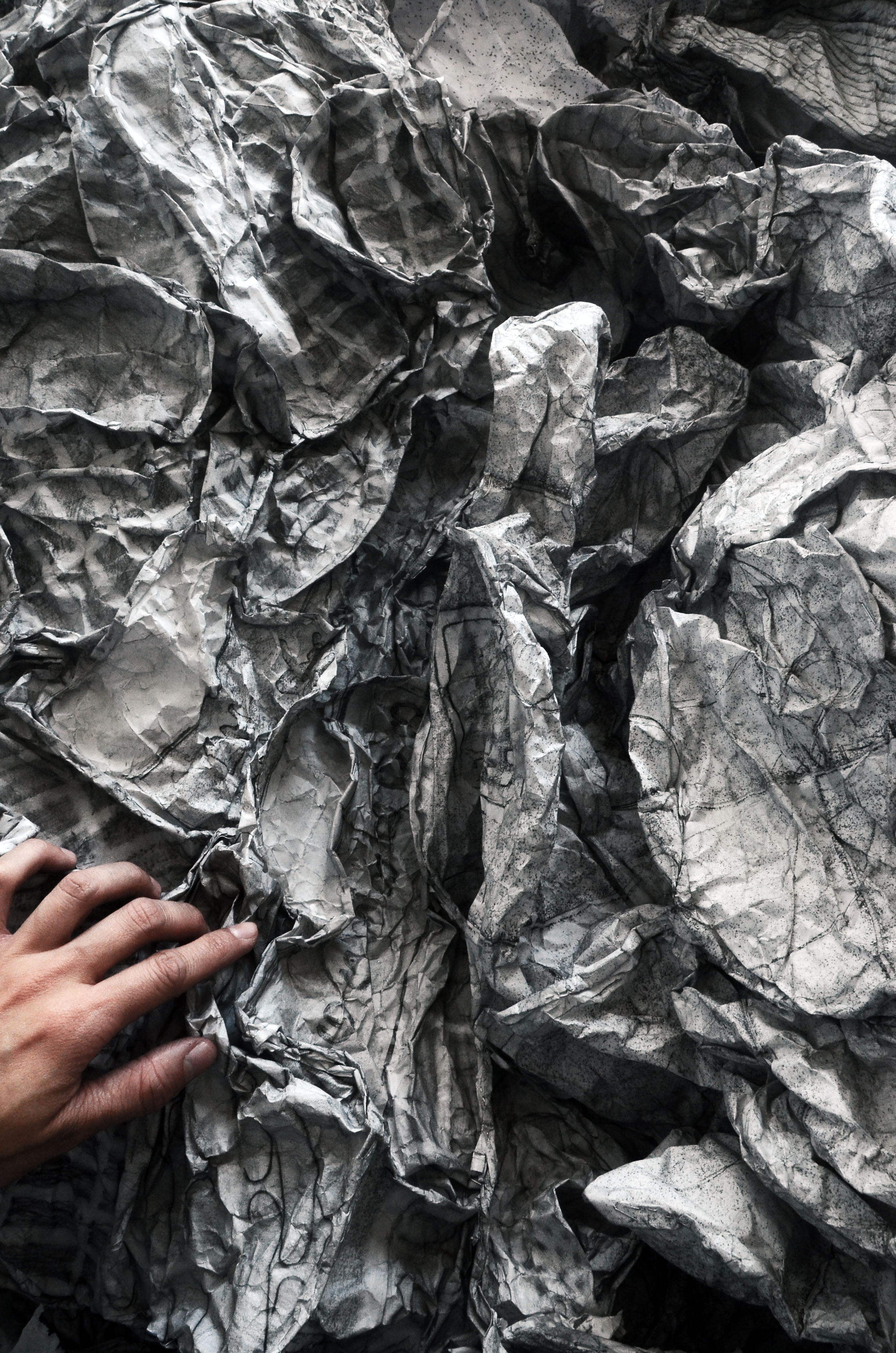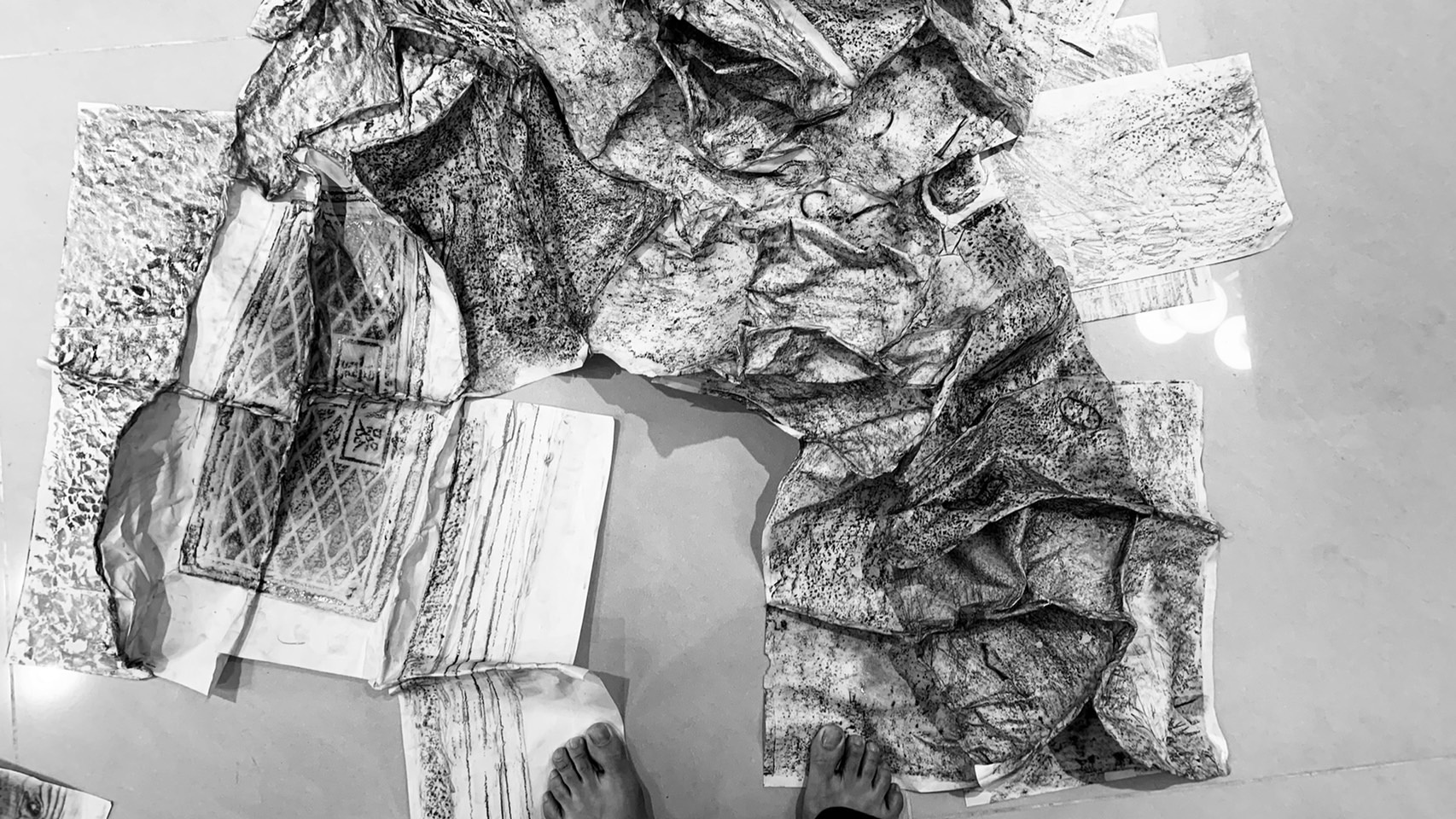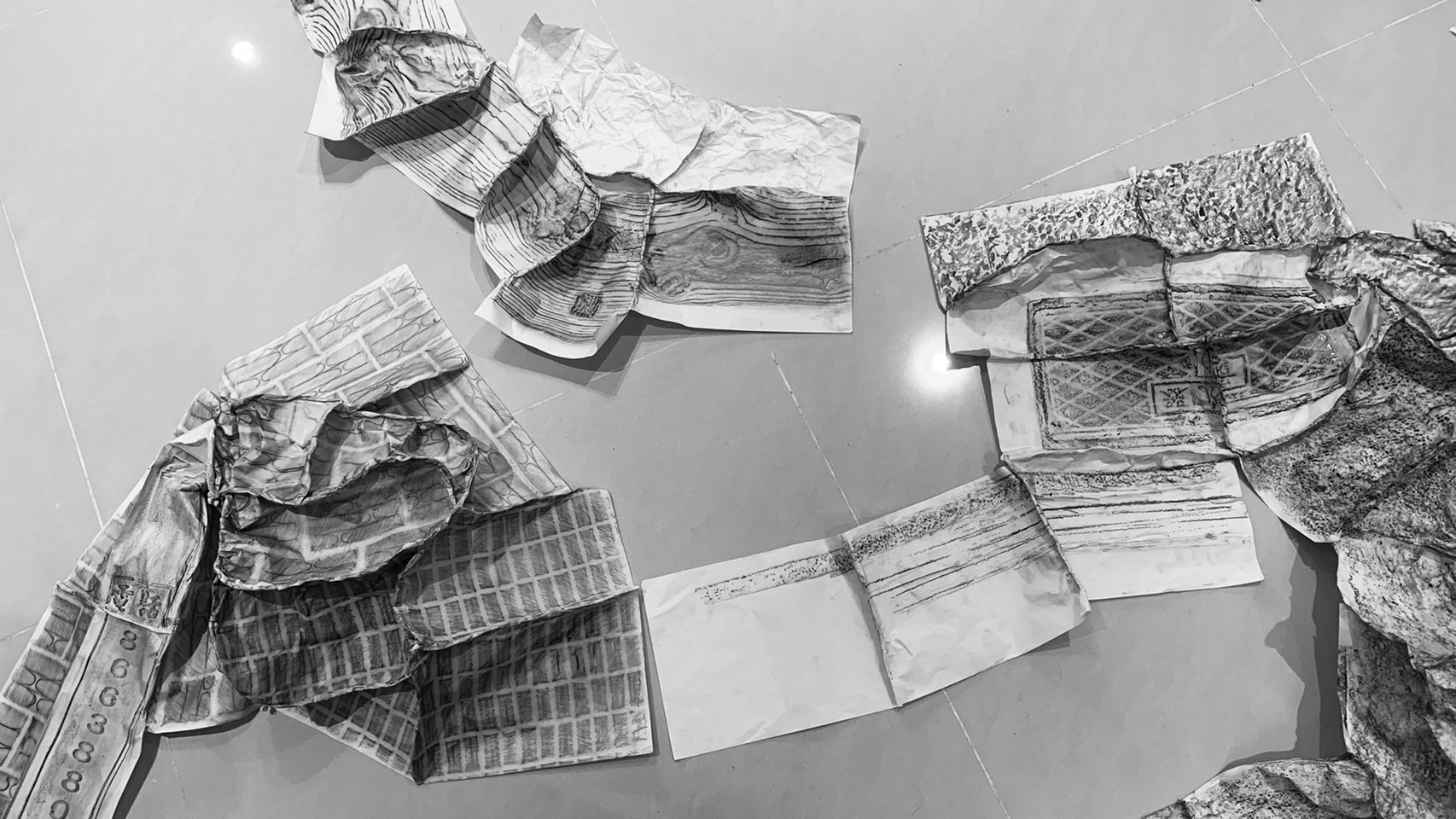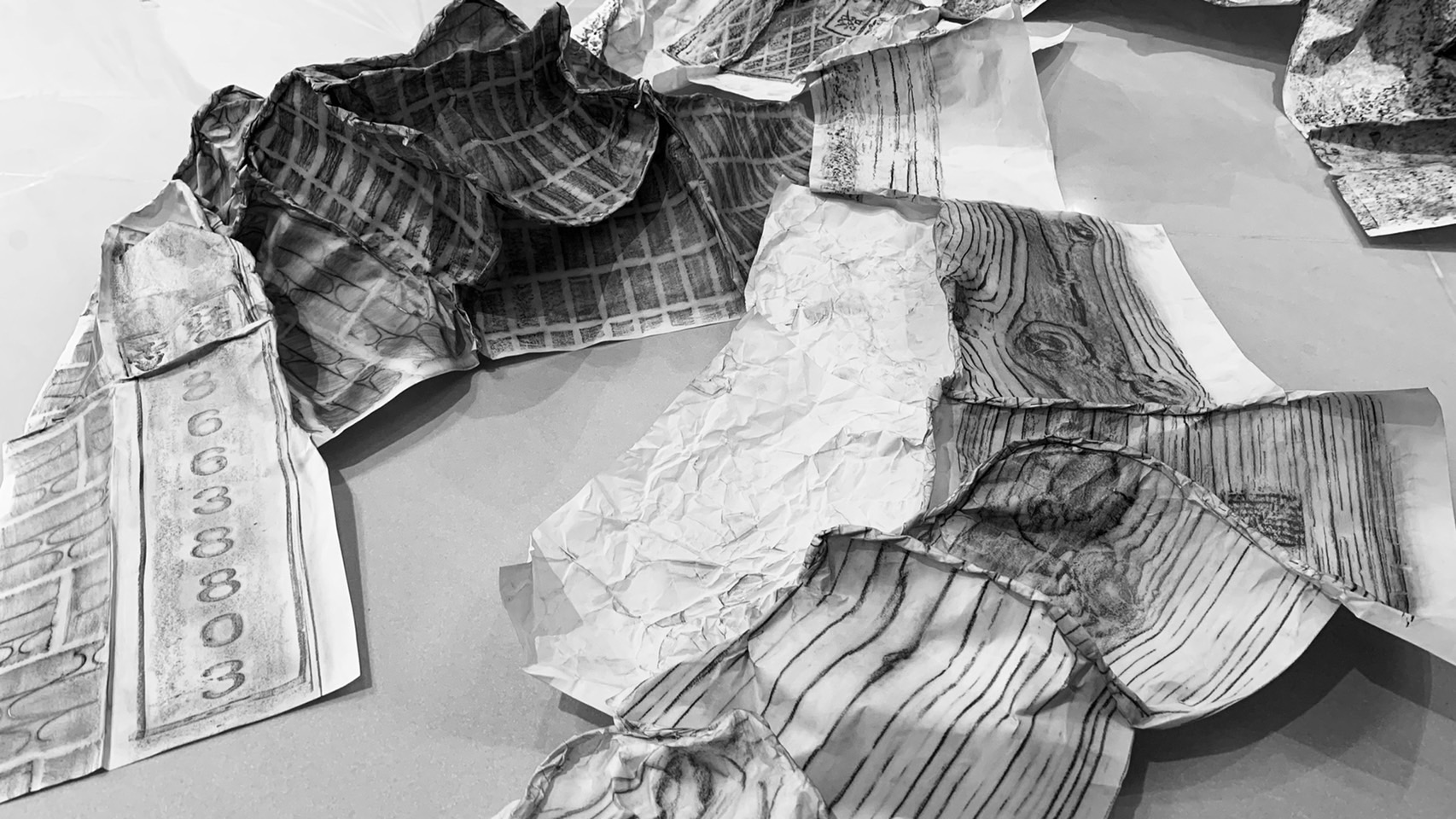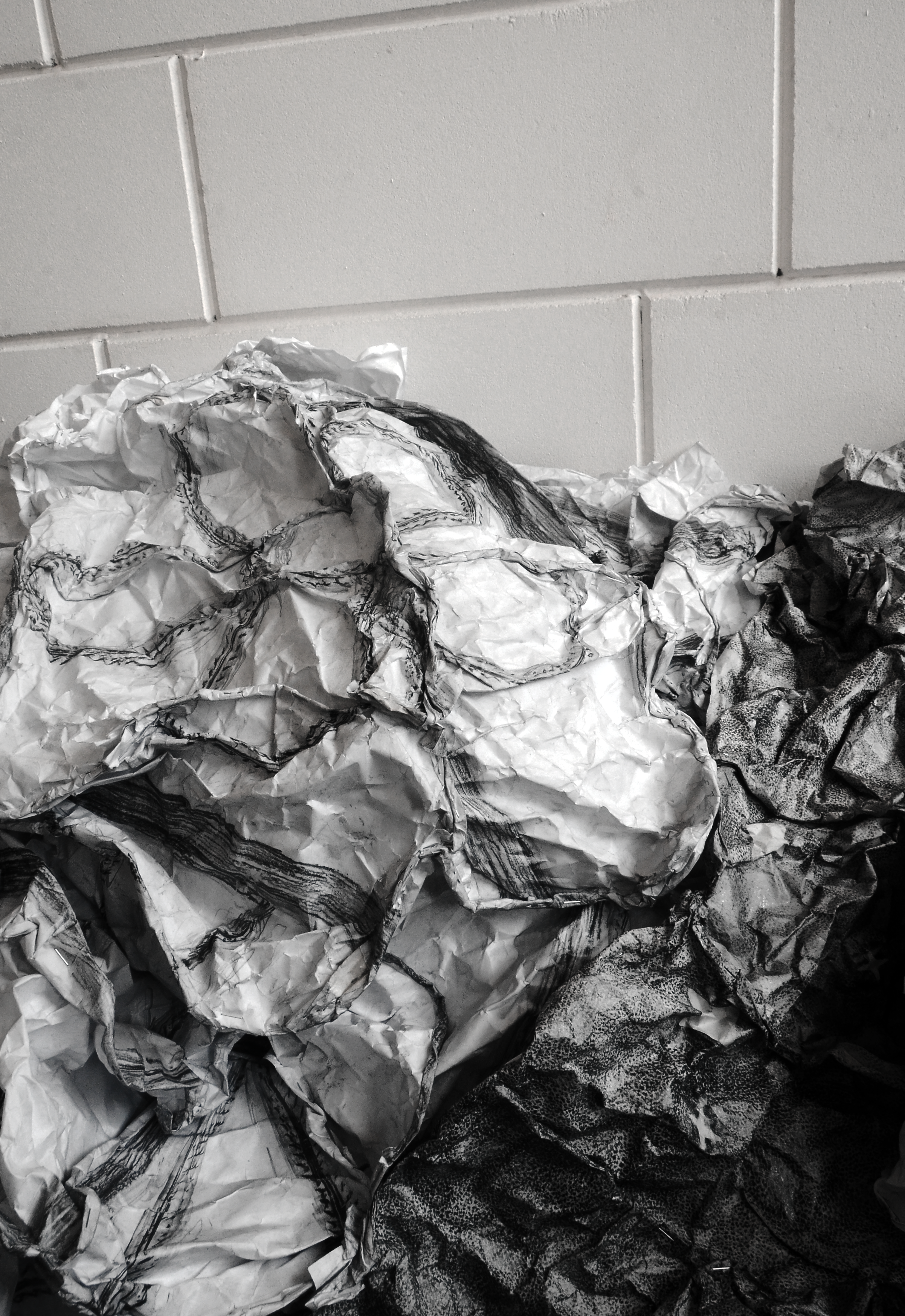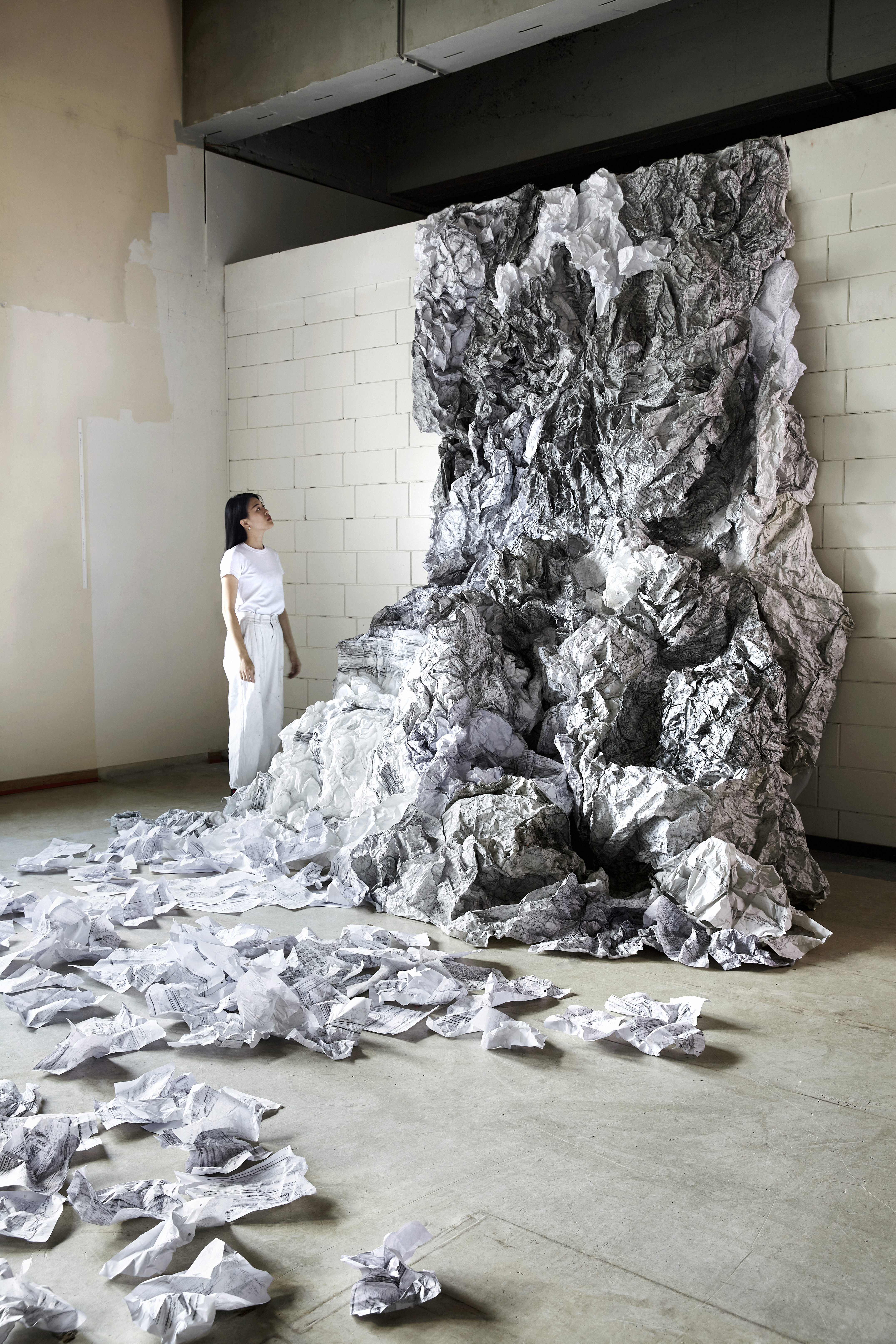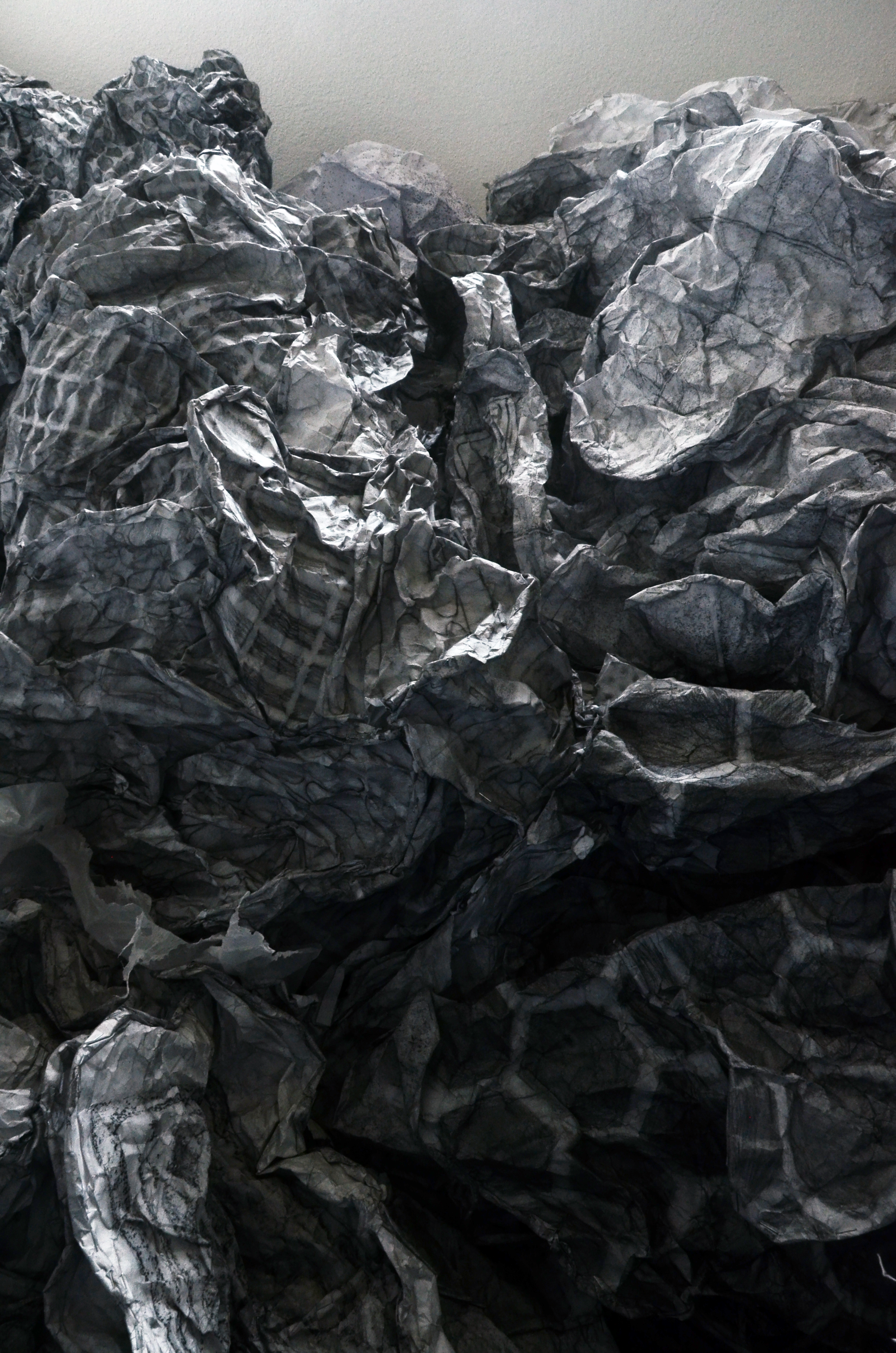Not Leave
But
Remain
But
Remain
The Flowing Bonds between Human and Space
2020-Now
Hand-on Research
Installation
Hand-on Research
Installation
"Nostalgia" is made up of the two
Greek words "Nostos" and "Algia". "Algia" means
"suffering" or "suffering for something"."Nostos"
means “to return”, “to go back". Therefore "Nostalgia"
represents “pain for a place or time I want to go back to but can't".
It is a sentimental longing for the past - our connection to a particular space captured in a particular temporal frame.
Although nostalgia involves reflecting on past experiences, because it motivates affective states, behaviours and goals, it can also influence people’s future lives. Reminiscing can also recall episodic memories from the past, which then often trigger thoughts and desires for the future. Vice versa, imagining our future can stimulate us to remember past states and events. Szu-Han, therefore, regards Nostalgia as a future-oriented emotional experience, drawing from the past to create the future. With this in mind, how does nostalgia, and reminiscing about past living places, impact desires for future homes?
Everyone has experienced migration to some degree, whether it was to search for a better livelihood or because of natural or man-made disasters. In Szu-Han’s 33 years of life, she has relocated nearly 40 times - some times willingly and others not. The places she used to regard as the most intimate spaces may have been abandoned, destroyed, or razed. Some may have completely physically disappeared from the world.
In 2020, Szu-Han investigated these relocations by physically revisiting her past homes and collecting the textures of each space using a charcoal pencil. These textures map the transient relationship between people and their living spaces, serving as a tool for recollection by evoking the trivial details in the background of our memories. In the temporal context of our liquid society, the thousands of imprints traced from the surface of walls, ceilings, and floors materialise the cognisant states of how and why we reminisce. Amongst them, nostalgia positions itself as a future-oriented emotional experience, impacting the affective states and desires that drive us, bridged across time and space.
Bridging past memories and present experiences, the work invites viewers to reflect on the impact of the increasing speed and volume of displacement due to accelerating mobility.
It is a sentimental longing for the past - our connection to a particular space captured in a particular temporal frame.
Although nostalgia involves reflecting on past experiences, because it motivates affective states, behaviours and goals, it can also influence people’s future lives. Reminiscing can also recall episodic memories from the past, which then often trigger thoughts and desires for the future. Vice versa, imagining our future can stimulate us to remember past states and events. Szu-Han, therefore, regards Nostalgia as a future-oriented emotional experience, drawing from the past to create the future. With this in mind, how does nostalgia, and reminiscing about past living places, impact desires for future homes?
Everyone has experienced migration to some degree, whether it was to search for a better livelihood or because of natural or man-made disasters. In Szu-Han’s 33 years of life, she has relocated nearly 40 times - some times willingly and others not. The places she used to regard as the most intimate spaces may have been abandoned, destroyed, or razed. Some may have completely physically disappeared from the world.
In 2020, Szu-Han investigated these relocations by physically revisiting her past homes and collecting the textures of each space using a charcoal pencil. These textures map the transient relationship between people and their living spaces, serving as a tool for recollection by evoking the trivial details in the background of our memories. In the temporal context of our liquid society, the thousands of imprints traced from the surface of walls, ceilings, and floors materialise the cognisant states of how and why we reminisce. Amongst them, nostalgia positions itself as a future-oriented emotional experience, impacting the affective states and desires that drive us, bridged across time and space.
Bridging past memories and present experiences, the work invites viewers to reflect on the impact of the increasing speed and volume of displacement due to accelerating mobility.

